🌸 A Cultural Journey through Kyoto, Japan 🏯🍵
Explore the Rich Heritage and Traditions of Kyoto with Our Unforgettable Cultural Experience!
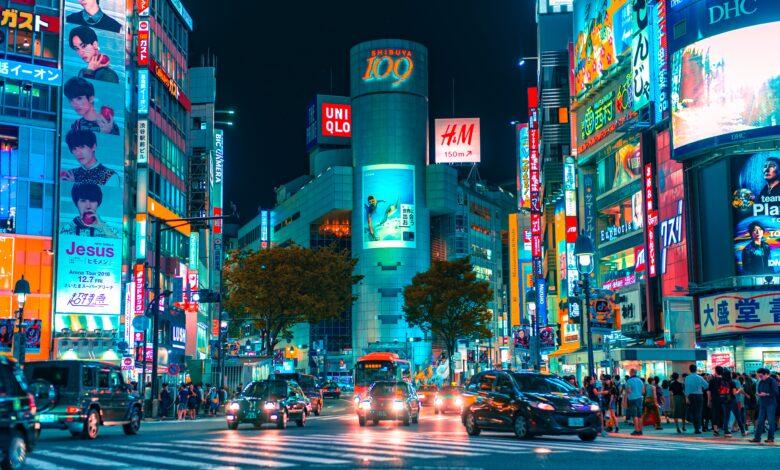
Introduction
Nestled in the heart of Japan, Kyoto stands as a living testament to the country’s rich cultural heritage. From its imperial palaces to traditional tea ceremonies, and the enchanting allure of geisha in the historic Gion district, Kyoto is a treasure trove of cultural wonders waiting to be explored. This blog post embarks on a virtual journey through the winding lanes of Kyoto, unraveling its historical marvels, traditional arts and crafts, culinary delights, serene Zen retreats, and glimpses of modernity seamlessly interwoven with tradition.
Historical Marvels
Kyoto Imperial Palace: Preserving Japan’s Regal Legacy
Nestled in the heart of Kyoto, the Imperial Palace stands as a testament to Japan’s rich history and imperial traditions. This historical marvel served as the residence of the Imperial family until the capital moved to Tokyo in 1869. Surrounded by lush gardens and majestic walls, the Kyoto Imperial Palace is a captivating blend of architectural elegance and cultural significance.
Visitors to the palace are transported back in time, as they explore the meticulously preserved halls, gates, and courtyards that once witnessed the ceremonies of emperors and empresses. The Otsunegoten Hall, with its sliding doors and tatami mat floors, offers a glimpse into the refined lifestyle of Japan’s imperial rulers. The Seiryoden, a designated Important Cultural Property, showcases stunning examples of traditional Japanese interior design.
As you wander through the palace grounds, the air is filled with a sense of reverence for the history that unfolded within these walls. The Kyoto Imperial Palace is not merely a structure; it is a living legacy, inviting visitors to connect with Japan’s regal past and appreciate the enduring beauty of its imperial architecture.
Kinkaku-ji (The Golden Pavilion): A Shimmering Jewel in Kyoto’s Landscape
Kinkaku-ji, or the Golden Pavilion, is a mesmerizing Zen Buddhist temple that stands as a beacon of tranquility amidst Kyoto’s bustling cityscape. Adorned in gold leaf, this architectural jewel reflects ethereally on the placid waters of the surrounding pond, creating a scene of unparalleled beauty.
Originally built as a retirement villa for shogun Ashikaga Yoshimitsu in the 14th century, Kinkaku-ji later transformed into a Zen temple. The exterior’s golden brilliance is matched by the serene beauty of the surrounding Japanese strolling garden. Visitors meander through pathways, crossing bridges over reflective waters, taking in the meditative ambiance that envelops the temple grounds.
Kinkaku-ji’s golden exterior symbolizes more than just opulence; it represents the impermanence of life and the pursuit of enlightenment. As you explore the temple and its meticulously manicured gardens, you can’t help but feel a sense of awe at the harmonious integration of nature, architecture, and spirituality that defines Kinkaku-ji.
Fushimi Inari Taisha: A Thousand Torii Gates Paving the Path to Devotion
In the southern reaches of Kyoto, Fushimi Inari Taisha beckons with its iconic vermilion torii gates, creating a vibrant pathway up the sacred Mount Inari. Dedicated to Inari, the Shinto god of rice and prosperity, this shrine is one of Japan’s most important and visited religious sites.
The striking sight of thousands of torii gates standing in formation is a visual feast, capturing the essence of spiritual devotion and cultural symbolism. Each gate, donated by individuals and businesses, bears inscriptions noting the contributors and the year of dedication, creating a tapestry of community support for the shrine.
Ascending the mountain path, visitors encounter sub-shrines, stone foxes (Inari’s messengers), and panoramic views of Kyoto. The journey through the torii gates becomes a pilgrimage, inviting introspection and connection with the spiritual energy that permeates Fushimi Inari Taisha.
Traditional Arts and Crafts
Gion District: A Cultural Haven for Traditional Arts and Crafts
Nestled in the heart of Kyoto, the Gion district stands as a living testament to Japan’s rich cultural heritage, offering a captivating blend of traditional arts and crafts. Gion is renowned as the historic entertainment quarter, where geisha and maiko (apprentice geisha) gracefully traverse the cobblestone streets, embodying the elegance and grace of traditional Japanese arts.
Wandering through Gion’s narrow alleys, visitors encounter numerous shops and workshops showcasing a myriad of traditional crafts. From exquisite handcrafted pottery to intricately designed kimono fabrics, Gion is a treasure trove for those seeking authentic Japanese artistry. Traditional tea houses, where the delicate art of the tea ceremony is practiced, add to the district’s cultural tapestry, inviting visitors to immerse themselves in the refined world of Japanese aesthetics.
Exploring Gion is like stepping into a living canvas where traditional arts and crafts seamlessly blend with everyday life. The district’s commitment to preserving and promoting these time-honored practices provides a unique opportunity for visitors to witness the continuity of Japan’s artistic legacy.
Nishijin Textile Center: Weaving Timeless Elegance in Kyoto
In the Nishijin district of Kyoto, the art of weaving reaches new heights at the Nishijin Textile Center. This cultural hub is dedicated to preserving and promoting the centuries-old tradition of Nishijin-ori, a style of textile weaving that produces some of the most exquisite kimono fabrics in Japan.
At the center, visitors can witness skilled artisans working meticulously on traditional handlooms, crafting intricate patterns and designs. The vibrant colors and detailed motifs of Nishijin-ori reflect the region’s rich history and cultural significance. The center also houses a museum where visitors can delve into the evolution of Nishijin-ori and its impact on the world of fashion.
For those seeking a deeper understanding of Japan’s textile heritage, the Nishijin Textile Center offers hands-on workshops, allowing visitors to try their hand at weaving under the guidance of expert craftsmen. This immersive experience adds a layer of appreciation for the artistry that goes into creating these timeless textile masterpieces.
Kyoto International Manga Museum: Where Art Meets Pop Culture
While traditional crafts hold a special place in Kyoto’s cultural landscape, the city also embraces modern artistic expressions, evident in the Kyoto International Manga Museum. This unique institution is a celebration of manga, Japan’s beloved comic book art form, blending contemporary creativity with cultural appreciation.
Home to over 300,000 manga from various eras, the museum provides a comprehensive overview of the evolution of this popular medium. The open-stack shelves lining the walls allow visitors to freely browse and enjoy the vast collection. The museum’s inclusive ethos encourages interaction, with visitors invited to bring their own manga or donate publications from their home countries.
Kyoto International Manga Museum is not just a repository of popular culture; it’s a dynamic space where art meets community. The regular events, exhibitions, and workshops hosted here create a vibrant atmosphere that reflects the ever-evolving nature of Japanese arts and crafts, seamlessly bridging the gap between tradition and modernity.
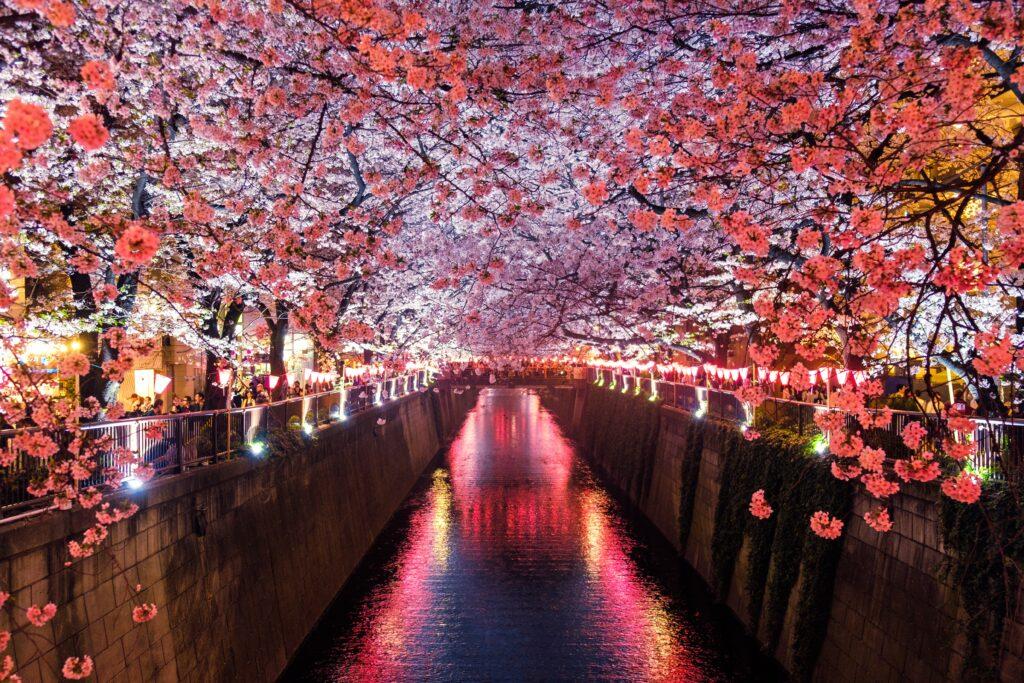
Culinary Delights
Kaiseki Ryori: A Symphony of Flavors in Japanese Culinary Artistry
Embark on a culinary journey through Japan’s gastronomic wonders with Kaiseki Ryori, a traditional multi-course dining experience that epitomizes the artistry of Japanese cuisine. Originating from the elaborate tea ceremonies of Kyoto, Kaiseki has evolved into a sophisticated culinary tradition that harmonizes seasonal ingredients, precise preparation techniques, and aesthetic presentation.
In Kyoto, Kaiseki Ryori takes on a distinct local flair, reflecting the region’s commitment to preserving culinary heritage. Each course unfolds like a carefully composed symphony, with dishes meticulously arranged to showcase the colors, textures, and flavors of the season. From delicate sashimi to perfectly grilled seafood and artistically presented desserts, Kaiseki Ryori is a celebration of the senses, inviting diners to savor the essence of Japanese culinary artistry.
Indulging in Kaiseki in Kyoto is not just a meal; it’s an immersive cultural experience that captures the essence of the city’s rich traditions. Whether enjoyed in a traditional Ryokan or a specialized Kaiseki restaurant, this culinary delight offers a profound taste of Kyoto’s commitment to excellence in both taste and presentation.
Nishiki Market: Kyoto’s Culinary Tapestry Unveiled
For those eager to explore the vibrant tapestry of Kyoto’s culinary scene, a visit to Nishiki Market is a must. Known as “Kyoto’s Kitchen,” this bustling market has been a food haven for locals and tourists alike for centuries. Stretching over five blocks, Nishiki Market is a labyrinth of stalls offering a diverse array of fresh produce, traditional snacks, and unique Kyoto specialties.
Wander through the narrow alleyways and discover the essence of Kyoto’s culinary delights. From pickled vegetables and fresh seafood to matcha-flavored treats and exquisite sweets, Nishiki Market is a sensory adventure that reflects the city’s commitment to high-quality, locally sourced ingredients. Engage with friendly vendors, sample unique delicacies, and witness the art of traditional Japanese food preparation in this lively market.
Nishiki Market is not only a place to satisfy your taste buds but also a cultural melting pot where the past and present of Kyoto’s culinary traditions converge. The market’s dynamic atmosphere and the kaleidoscope of flavors make it a culinary destination that captures the heart and soul of Kyoto.
Tea Ceremony Experience: A Ritual of Tranquility and Tradition
Step into the serene world of Japanese tea culture with a traditional Tea Ceremony experience in Kyoto. Renowned for its emphasis on harmony, respect, purity, and tranquility, the Tea Ceremony, or Chanoyu, is a profound expression of Japanese aesthetics and hospitality.
Kyoto, with its historical significance as the birthplace of the Japanese tea ceremony, offers an ideal backdrop for this cultural immersion. Engage in the meticulous process of preparing matcha (green tea), savoring the subtle nuances of flavor in each carefully whisked bowl. The Tea Ceremony is not just about the beverage; it’s a ritual that encapsulates the essence of Japanese Zen philosophy, encouraging mindfulness and connection with the present moment.
Numerous venues across Kyoto offer authentic Tea Ceremony experiences, ranging from traditional tea houses to cultural centers. Engaging in this ritual provides a deeper understanding of Kyoto’s cultural fabric, allowing participants to partake in a tradition that has endured for centuries, fostering a sense of peace and appreciation for the art of tea.
Zen Retreats
Ryoan-ji Temple: A Tranquil Oasis of Zen Serenity in Kyoto
Nestled in the northwestern part of Kyoto, Ryoan-ji Temple stands as an epitome of Zen simplicity and serenity. This UNESCO World Heritage site is renowned for its iconic rock garden, a masterpiece that encapsulates the essence of Japanese minimalism and contemplative design. As visitors enter the temple grounds, they are greeted by the austere beauty of the karesansui, or dry landscape garden, consisting of carefully raked gravel and 15 meticulously placed rocks.
The rock garden at Ryoan-ji is a visual representation of Zen philosophy, inviting contemplation and meditation. The deliberate arrangement of rocks and the smooth, white gravel create a sense of harmony and balance. Visitors often find solace in the tranquility of this space, allowing the mind to quiet amidst the whispers of the surrounding pine trees. The temple’s simple wooden structures, reflecting in the peaceful waters of Kyoyochi Pond, further enhance the meditative atmosphere.
Beyond the rock garden, Ryoan-ji Temple offers picturesque walking paths, lush gardens, and historic structures, providing a holistic experience of Zen retreat. Whether strolling through the tranquil corridors or participating in meditation sessions offered at the temple, visitors can immerse themselves in the timeless tranquility that defines Ryoan-ji as a haven of Zen serenity.
Arashiyama Bamboo Grove: Nature’s Zen Symphony in Kyoto
Arashiyama Bamboo Grove, located in the western outskirts of Kyoto, is a mesmerizing natural retreat that beckons with its towering bamboo stalks, creating an otherworldly atmosphere of tranquility. As visitors enter the grove, they find themselves enveloped in a sea of slender green stalks that sway gently in the breeze, producing a soothing rustle akin to a nature-inspired symphony.
Wandering through the bamboo forest is a sensory journey that transcends the ordinary. The diffused sunlight filtering through the dense bamboo canopy creates a play of light and shadow, casting a serene glow on the forest floor. The sound of wind weaving through the bamboo leaves becomes a melodic backdrop, evoking a sense of peace and harmony.
Arashiyama Bamboo Grove is not merely a picturesque destination; it’s a natural sanctuary that invites contemplation and connection with the surrounding environment. Visitors can explore the grove on foot or opt for a rickshaw ride, allowing them to absorb the meditative ambiance while immersing themselves in the scenic beauty of this enchanting Zen retreat.
Modern Kyoto
Kyoto International Conference Center: Bridging Tradition and Innovation
In the heart of Kyoto’s modern landscape, the Kyoto International Conference Center emerges as a symbol of the city’s seamless integration of tradition and innovation. This state-of-the-art facility, surrounded by lush greenery and located along the shores of Lake Takaragaike, offers a unique blend of modern architecture against a backdrop of traditional Japanese gardens.
As a hub for international conferences, events, and exhibitions, the Kyoto International Conference Center showcases the city’s commitment to fostering global connections while preserving its cultural identity. The facility’s sleek design, equipped with cutting-edge technology, provides a dynamic space for collaboration and knowledge exchange. Attendees can experience the juxtaposition of contemporary amenities with the tranquility of Japanese aesthetics, creating a setting that reflects Kyoto’s dual identity as a modern metropolis and a guardian of cultural heritage.
Hosting conferences on diverse topics, from science and technology to arts and culture, the center stands as a testament to Kyoto’s embrace of the future while cherishing its rich past. The strategic location allows participants to engage in intellectual discourse while surrounded by the beauty and history that define Kyoto.
Kyoto Railway Museum: A Journey Through Japan’s Railroading Evolution
For enthusiasts of modern transportation and technological innovation, the Kyoto Railway Museum offers an immersive experience tracing Japan’s rich railway history. Located in Umekoji Park, this museum provides a captivating journey through time, showcasing the evolution of trains and railways from the steam era to the cutting-edge technology of today.
Visitors to the Kyoto Railway Museum can explore an extensive collection of meticulously preserved locomotives, carriages, and artifacts. The museum’s interactive exhibits engage both young and old, allowing them to step aboard vintage trains, experience simulators, and witness the engineering marvels that have shaped Japan’s railway infrastructure. The outdoor exhibition area features a roundhouse and turntable, providing a glimpse into the golden age of steam locomotives.
Beyond the captivating displays, the museum’s architecture seamlessly blends modern design with historical elements, creating an environment that mirrors Kyoto’s commitment to preserving its heritage while embracing progress. Whether you’re a railway enthusiast or a casual visitor, the Kyoto Railway Museum offers a unique perspective on Japan’s technological advancements, making it a must-visit destination for those exploring the modern facets of this culturally rich city.
Frequently Asked Questions
Q. What is the best time to visit Kyoto for a cultural experience?
A. Kyoto’s cultural allure is present year-round, but spring during cherry blossom season and fall with vibrant foliage offer an extra enchanting experience.
Q. How can I experience a traditional tea ceremony in Kyoto?
A. Numerous tea houses in Kyoto offer authentic tea ceremonies. Gion Tsujiri and Camellia Tea House are excellent choices to immerse yourself in this ritual.
Q. Are English tours available for Kyoto’s historical sites?
A. Yes, many attractions provide English-guided tours. Kyoto Imperial Palace and Kiyomizu-dera often have informative tours catering to international visitors.
Q. Is it possible to witness a geisha performance in Kyoto?
A. Absolutely. Gion Corner and Pontocho Kaburenjo are venues where you can enjoy traditional geisha performances, showcasing Kyoto’s artistic heritage.
Q. What local delicacies should I try in Kyoto?
A. Don’t miss Kaiseki cuisine, yudofu (tofu hot pot), and matcha-flavored treats. These delicacies epitomize Kyoto’s culinary excellence.
Q. Can I explore Kyoto on foot, or should I use public transport?
A. Kyoto’s compact layout makes it ideal for exploring on foot, allowing you to absorb the city’s charm at a leisurely pace. Public transport, including buses and trains, is also efficient for longer distances.
Conclusion
As our cultural journey through Kyoto draws to a close, we’ve traversed the corridors of history, embraced the elegance of traditional arts, savored the flavors of Kyoto’s culinary landscape, found peace in Zen retreats, and glimpsed into the city’s modern face. Kyoto, with its timeless charm, invites each visitor to become a part of its cultural narrative. The memories etched in the golden glow of Kinkaku-ji, the vibrant hues of Gion, and the tranquility of Ryoan-ji linger as souvenirs in the heart. We hope this exploration inspires you to embark on your own voyage to Kyoto, a city where past and present dance together in harmony, creating an everlasting melody of cultural richness. Arigatou gozaimasu, Kyoto, for sharing your stories and secrets with the world.
UP NEXT
https://touristeyes.com/tourist-guide-and-information-of-bellagio-village-italy/
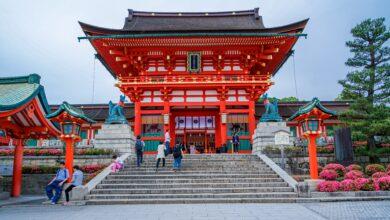
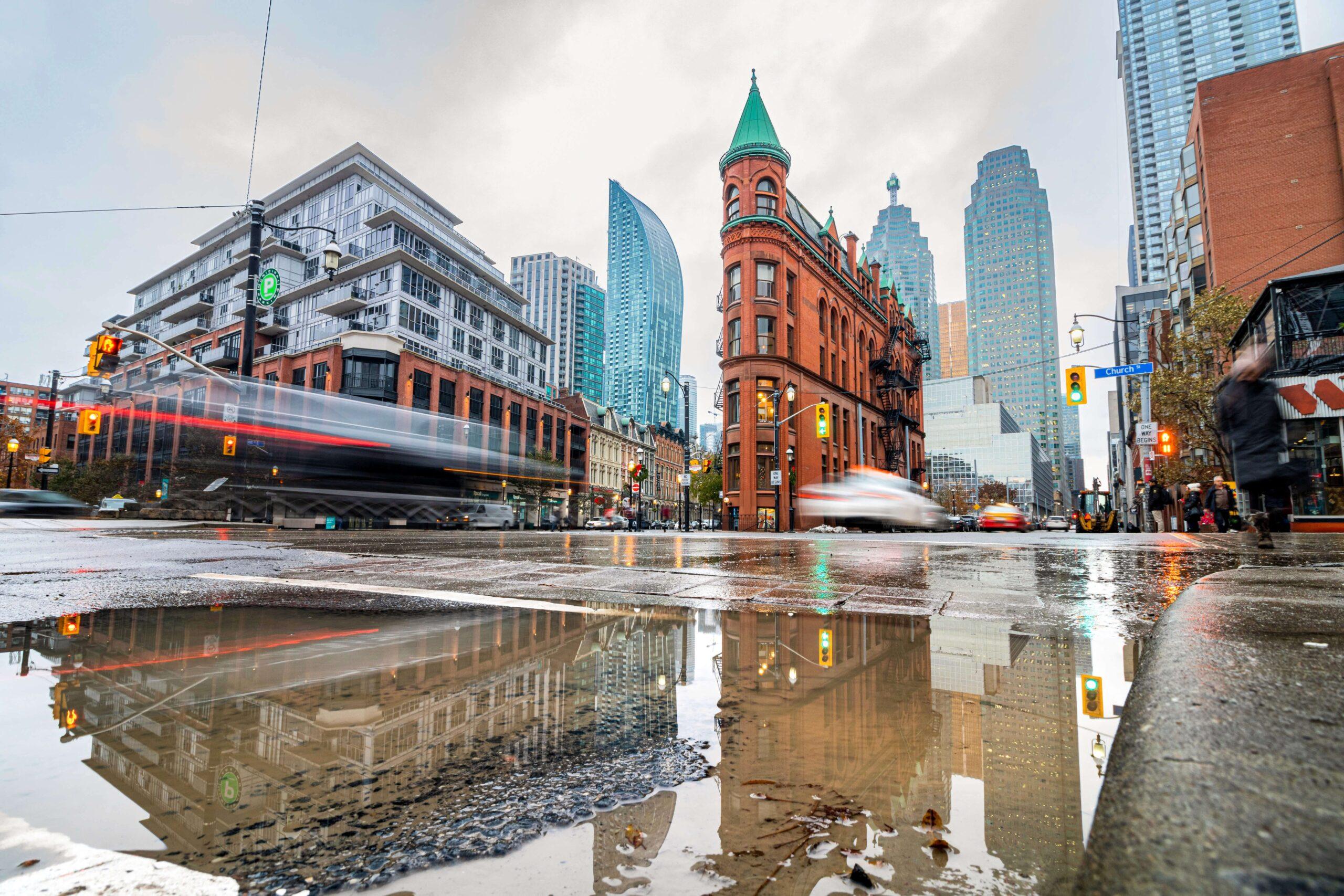

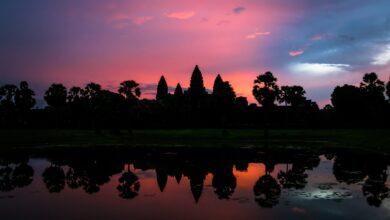

Facebook Comments